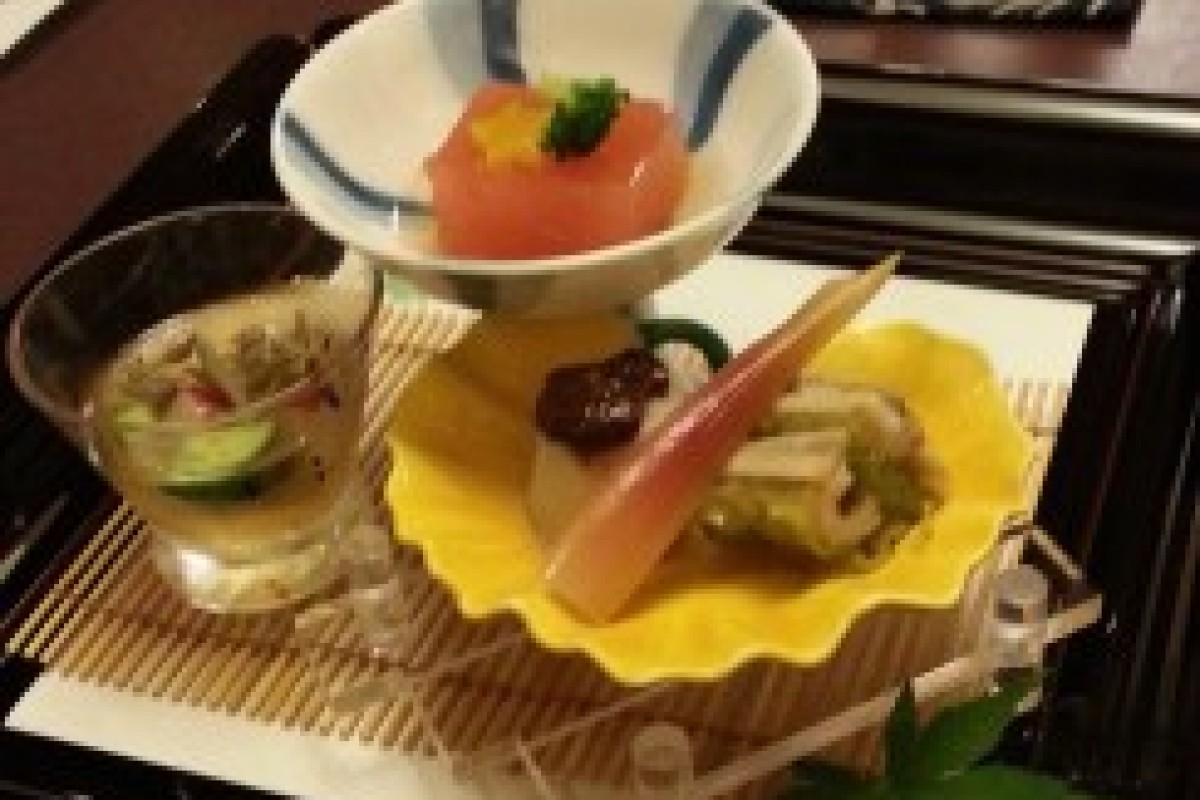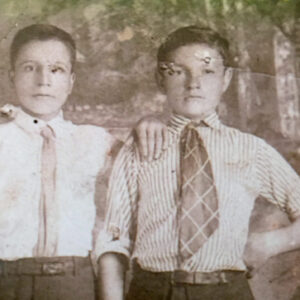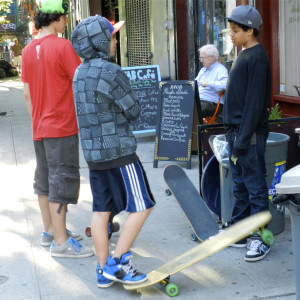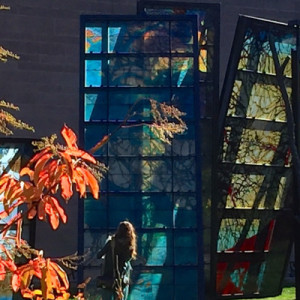Hidden culture of Japan
Japan is perhaps the most intricate, formal and “hidden” culture a western visitor will ever come into contact with — not just in terms of the well-known features like sumo, kabuki, or a tea ceremony, but penetrating into the deeper layers of everyday life.
There seems to be a right way of performing every single activity – from greeting to drinking to eating to shopping to using the bathroom – that is prescribed in minute detail understood by every Japanese, but more or less totally opaque to a foreigner. The language, not surprisingly, reflects this. For instance, there is not one specific word for “I” but a number of different options to choose from, depending on your gender, age, and the social context. And which option you choose can send all kinds of subtle signals….
And yet, in sharp contrast to the condescension and often outright rudeness one can encounter in Europe if a tourist deviates from local custom, the Japanese – while no doubt constantly cringing inside at foreigners’ “uncouth” behavior – are unfailingly polite, courteous and cheerful.
And despite all the formality (or maybe because of it) the Japanese also have a side that can only be described as wacky. You will see outfits and hairdos on the streets of Tokyo that would stop traffic even in New York. Even in the office environment there is more tolerance for personal style than in the US, and you can easily come across a man (or woman) in a full-blown Elvis pompadour or a mop hairstyle like Moe of the Three Stooges.
You will see outfits and hairdos on the streets of Tokyo that would stop traffic in New York.
This rather appealing oddness extends to Japan’s relationship with the English language. English is said to be compulsory in the schools from a relatively early age, but very few Japanese are truly comfortable with it. In general, outside of obvious tourist places like major hotels, few if any outdoor signs are provided in English, although you will frequently encounter half-hearted attempts, such as a restaurant menu that is titled “Lunch Menu” in English but contains absolutely no other English language content. Evidently the logic here is that you will know this is a lunch menu, but will not actually be able to order anything from it. Similarly, your room in the Hilton has the usual glossy magazines you find in such hotel rooms – GQ, Vogue – in which every article has an English title, but no English text whatsoever.
But enough philosophizing, let’s get down to business — food.
How about lunch in a tempura bar? Imagine a sushi bar except it’s tempura. You sit at the bar and order (using sign language) whatever assortment of shrimp, fish, and vegetables you want. They then batter it, fry it up in the back and immediately serve it into a little basket in front of you, piece by piece as it’s coming out of the fryer. You dip it in the tempura sauce with ground daikon and … fantastic! Accompanied by miso soup, rice and super-crunchy and tangy Japanese pickles. Just an ordinary hole-in-wall lunch place in an ordinary office building in the Tokyo business district …
For a group dinner try a shabu-shabu restaurant. Of course the seating arrangements must be carefully planned. The senior guest is seated in the center seat facing the door, with the host sitting opposite and the other guests arrayed in strict rank order. They say this comes from samurai days where the safest seat would have been in the center facing the door so you could see the enemy coming.
Shabu-shabu is the style of cuisine where meat and vegetables are cooked quickly in a boiling pot placed on the table and then served with various sauces and condiments (including those amazing pickles). Sort of fondue-like but much lighter and absolutely delicious. At the end of the meal, because it is considered impolite to display money or emphasize the fact that the host is paying, they don’t bring a check but rather a token with your table number on it so that the host can take care of business out of sight of the guests.
You can’t see culture; it takes time to figure out what it is and how it works. But if Japanese food is any indication, it certainly is worth the effort.















No Comments Yet!
You can be first to comment this post!